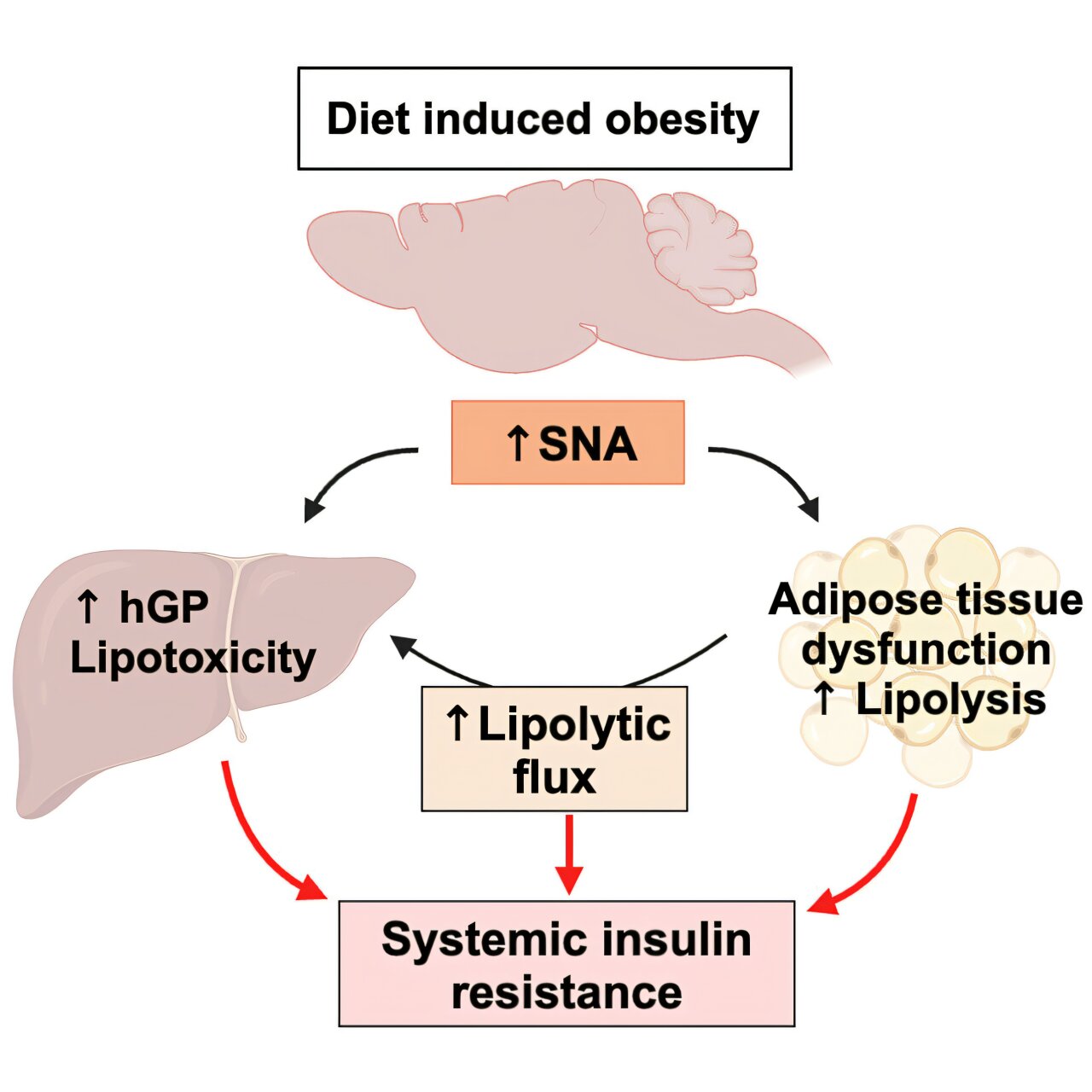A recent commentary published in The Lancet journal highlights the critical importance of skeletal muscle mass in the context of medically induced weight loss, particularly with the widespread use of GLP-1 receptor agonists. These medications, celebrated for their effectiveness in treating obesity, have raised concerns regarding the potential for substantial muscle loss as part of the weight loss process.
Dr. Steven Heymsfield, professor of metabolism and body composition, and Dr. M. Cristina Gonzalez, adjunct and visiting professor in metabolism-body composition, both of Pennington Biomedical Research Center, joined colleagues Dr. Carla Prado of the University of Alberta, and Dr. Stuart Phillips of McMaster University on authoring The Lancet commentary, titled “Muscle Matters: The Effects of Medically Induced Weight Loss on Skeletal Muscle.”
The authors emphasize that muscle loss, as measured by decreases in fat-free mass, can account for 25 to 39 percent of total weight lost over a period of 36 to 72 weeks. This rate of muscle decline is significantly higher than what is typically observed with non-pharmacological caloric restriction or normal aging and could lead to unintended negative health consequences.
Despite the promising metabolic benefits associated with GLP-1 receptor agonists, including improvements in fat-to-fat-free tissue ratios, the potential adverse effects of muscle loss are gaining attention. Skeletal muscle plays critical roles not only in physical strength and function but also in metabolic health and immune system regulation.
A decline in muscle mass has been linked to decreased immunity, increased risk of infections, poor glucose regulation, and other health risks. The authors suggest that muscle loss due to weight reduction may exacerbate conditions like sarcopenic obesity, which is prevalent among individuals with obesity and contributes to poorer health outcomes, including cardiovascular disease and higher mortality rates.
While the short-term effects of muscle loss on physical strength and function remain unclear, the commentary calls for future research to explore how reductions in muscle mass might improve muscle composition and quality. The authors stress the need for a multimodal approach to weight loss treatment, combining GLP-1 receptor agonists with exercise and nutritional interventions to preserve muscle mass.
“We have to be mindful of the side effects that we are seeing with the new weight loss medications, such as a person eating less while on the medications and not getting the appropriate amount of dietary vitamins and minerals,” Dr. Heymsfield said. “Also, when a person loses weight, they are not only losing fat, they also lose muscle. We are looking at how that muscle loss can be better managed with consumption of an adequate amount of protein along with an optimum amount of exercise.”
This evolving conversation underscores the importance of ensuring that weight loss interventions promote overall health, including muscle preservation, as part of a comprehensive strategy for treating obesity.


